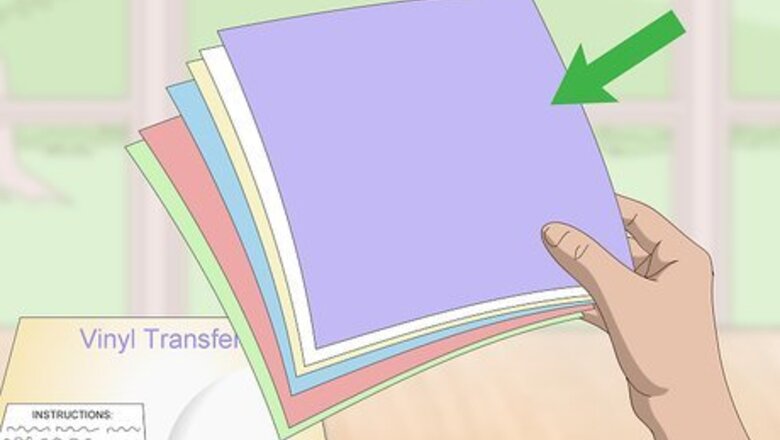
views
Making Your Design
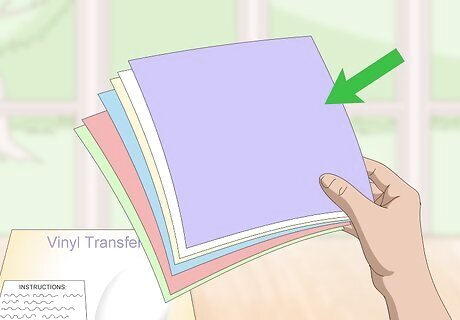
Choose and purchase vinyl. There are many colors and patterns to choose from. Look online for vinyl, or visit your local craft store to get a better idea of what the vinyl will truly look like. Consider bringing fabric samples with you, to make sure your vinyl color will be visible. Make sure you purchase a vinyl compatible with the fabric you want to use. Some vinyls are only for cotton, others work best on spandex.
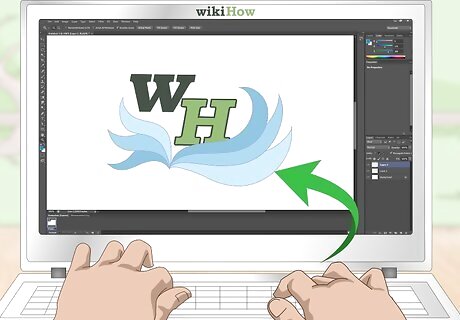
Design your own image using computer software. You can use a program like Photoshop or its free alternatives such as Gimp, Seashore, and Pixlr. Choose bold, easy to read fonts when adding letters to your design. Consider how much room you will have on the fabric you are transferring onto. For example, if your design is for a baseball hat, you might want to keep it simple, and not add too much information in it.
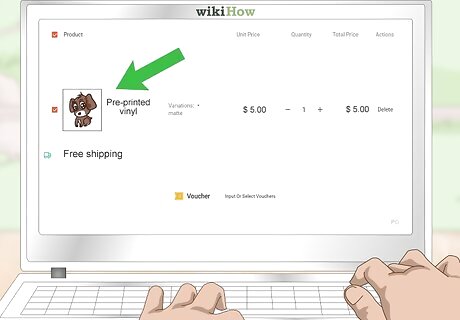
Choose pre-printed vinyl designs if you don’t have design software. You can purchase vinyl designs online and in stores.
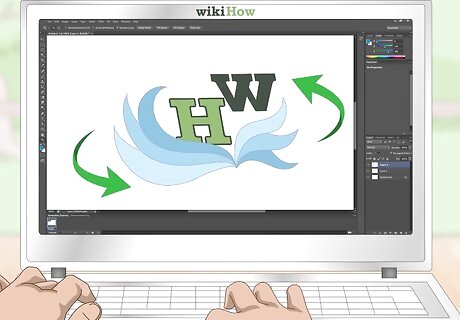
Reverse your design. It is very important to remember is to reverse the image, so that it does not come out backwards on your final product. Most software will have an option to “mirror” the image, if not, use edit tools like “flip horizontal” or “flip vertical” to make sure you print your design as a mirror image of what you want. If you’re using words, make sure the letters are backwards, for example, “love” should read as “evol” in your design Similarly, make sure individual letters are backwards.
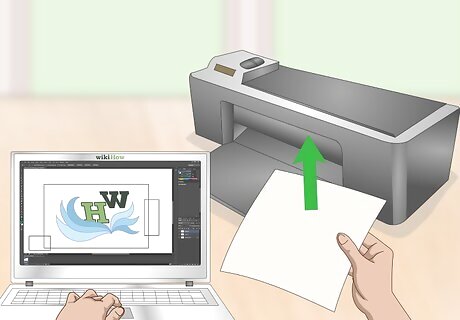
Run you're design through according to the instructions of your cutter. If you are using a specialty cutter, remember that with most machines, you will need to feed the vinyl dull-side-up.
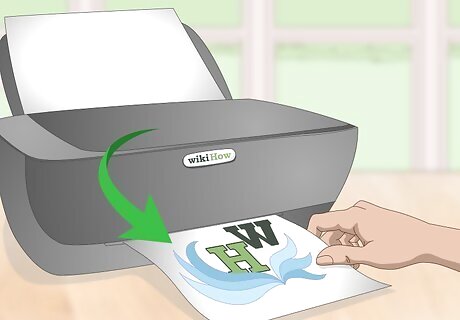
Print your image directly on the vinyl if you do not have a cutter. You may need to cut the vinyl sheet down to the size of printer paper. Make sure your image prints on the back, the dull side, of your vinyl. Alternatively, print your image on paper and then use artists tape to tape down the paper to the vinyl, and the vinyl to your work surface.
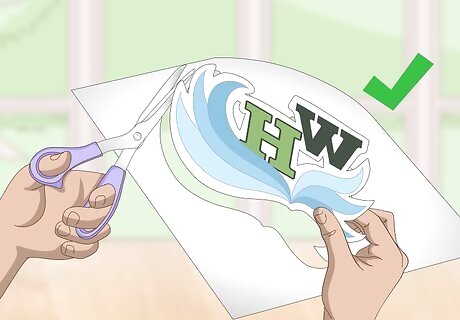
Cut out your design by hand if you are not using a cutter. Place your vinyl on a workspace shiny side down. Using an exacto knife, or precision scissors, carefully follow the stencil you have printed out. Take breaks to make sure you are cutting all the way through the first layer, but not cutting through the entire vinyl. You can also use a paper puncher or a die-cut machine to make fast shapes.
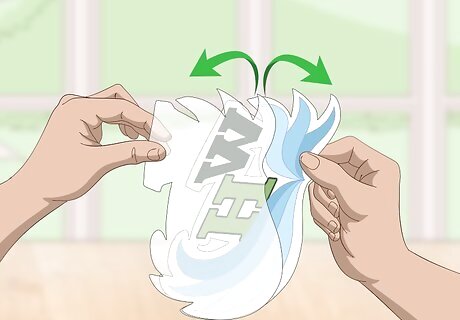
Peel your vinyl. Carefully peel away the clear layer of the vinyl, making sure not to rip any part of your image. Peel away everything that is not part of your final design.
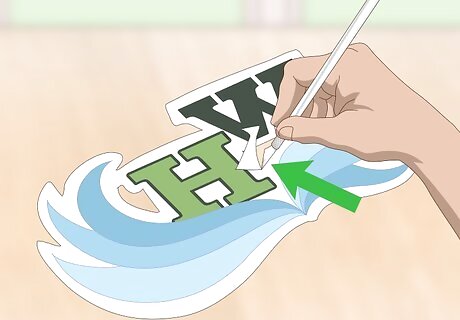
"Weed" your design with sharp tools like a pointed needle and exacto knife. Weeding is when you remove small parts of your image's negative space. Use the sharp points of your tools to pick up small areas and peel them off more easily.
Applying Your Design
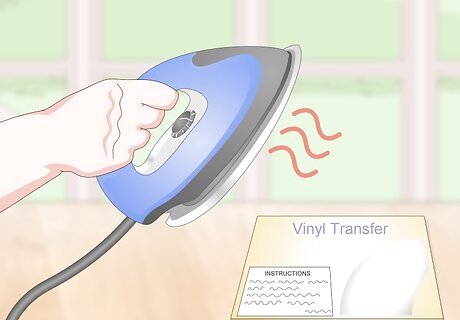
Heat a clothes iron to the temperature written on your vinyl's packaging. It is also good to prepare your fabric by running your iron over it to get out all wrinkles and moisture.
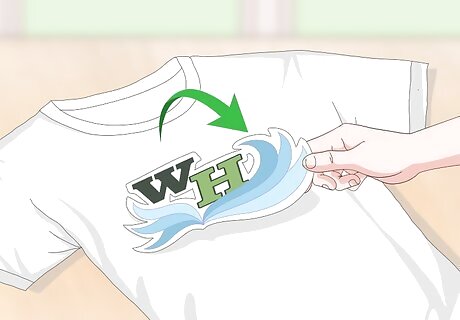
Lay your design onto the fabric, this time shiny side up. It should be positioned how you want it to look in your final product.
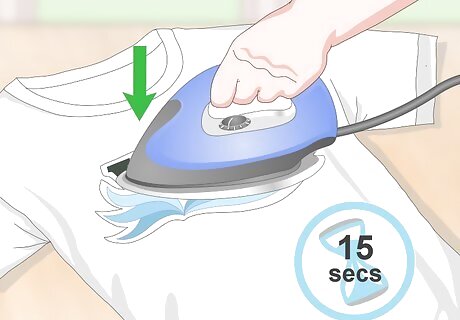
Press your iron onto your design, hard, for about 10 seconds. Move along to the next section of your design, and press for another 10 seconds, making sure each part of the vinyl gets ironed on! Do not hastily rub the iron over the vinyl as if you were ironing an item of clothing quickly, you do not want to accidentally wrinkle the vinyl.
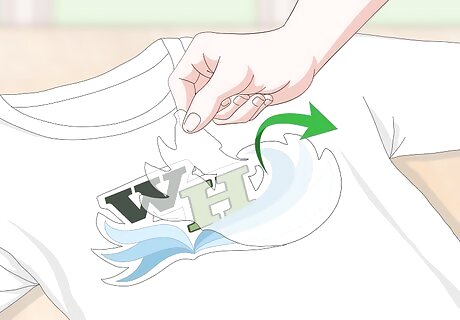
Peel off the carrier sheet. Read the instructions that came with your vinyl, some require that you peel off the carrier sheet once your project has cooled, others should be peeled off right away.
Caring for Your New Item
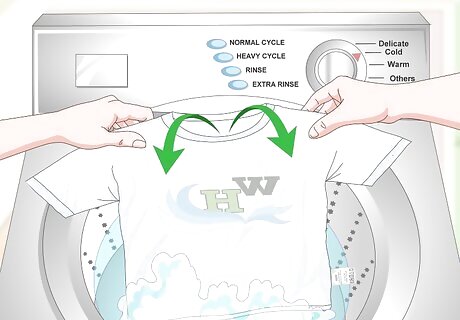
Wash your new item inside out using cold water. Do not wash your item for 24 hours after applying the heat transfer vinyl. Follow the care label of the item, but do not bring it to the dry cleaner, the chemicals used are too harsh.
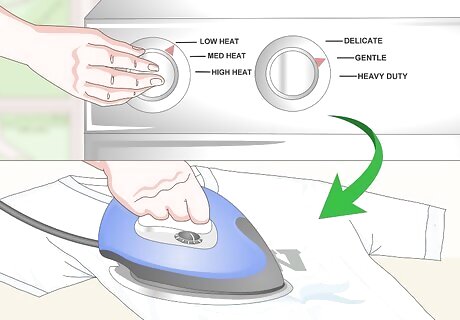
Dry your item with low or no heat, and iron your vinyl item carefully. Again, turn the fabric inside-out, and tumble dry on low heat. Alternatively, you can lay your item flat to dry, or line dry it. Use teflon sheet paper over the vinyl when ironing, or turn the item inside-out, and use low heat on the iron.
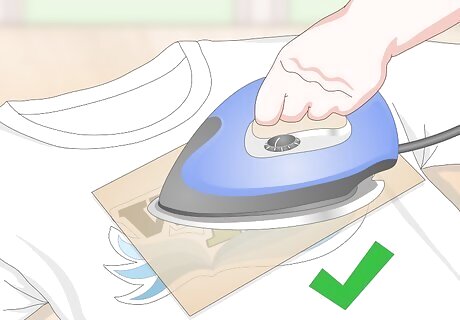
Fix areas that are peeling off with an iron and teflon paper. If your vinyl is peeling off, iron the peeling parts back on with the same heat setting you used for that vinyl before, placing teflon paper over the vinyl beforehand. Press for 15-20 seconds.




















Comments
0 comment